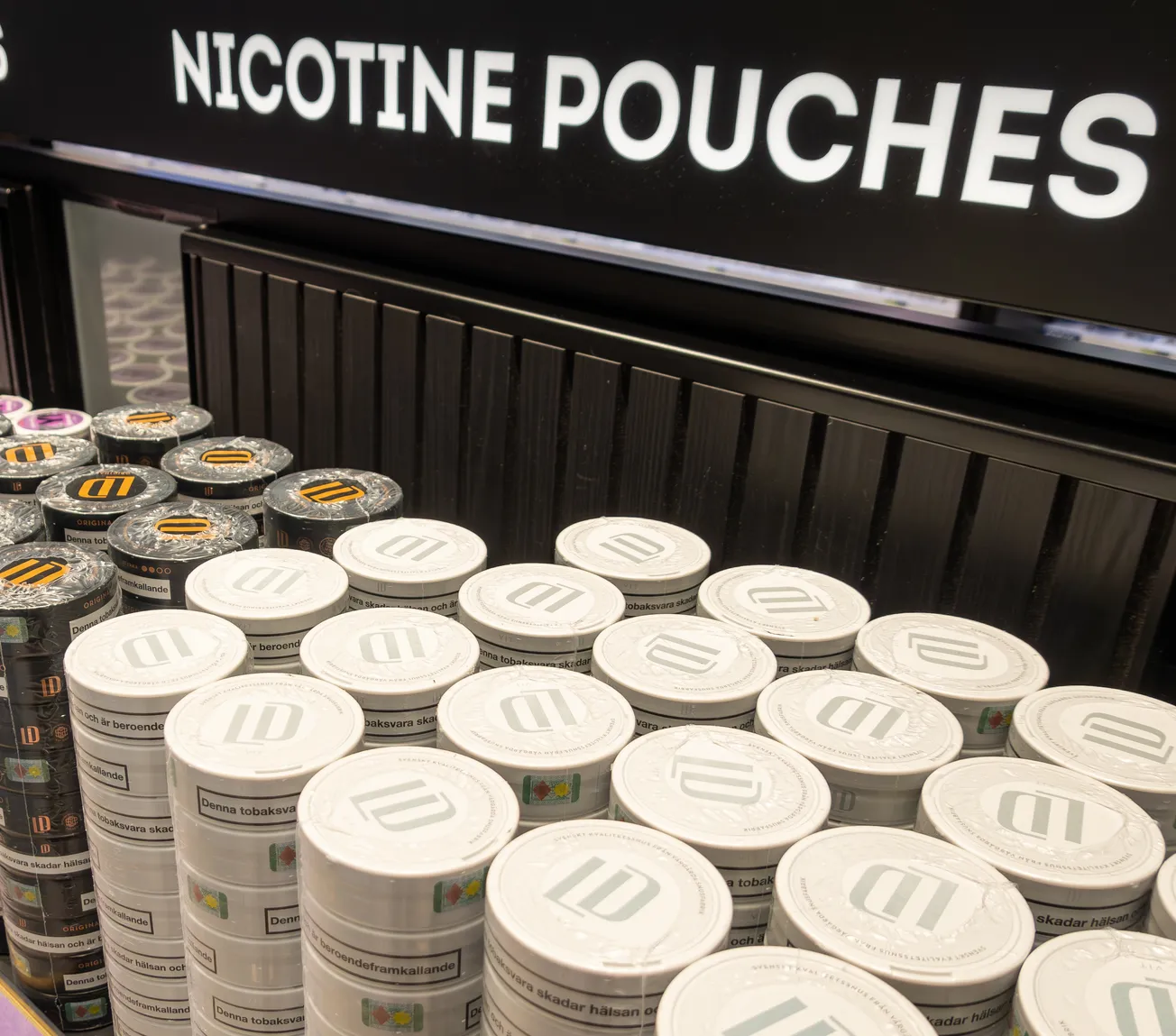As traditional cigarette sales continue to fall, convenience retailers are turning to smokeless nicotine alternatives to reclaim revenue and shelf space. Products such as nicotine pouches are rapidly gaining market share, reshaping the tobacco product landscape in retail outlets that have historically relied on combustible tobacco.
Retailers Shift Focus to Nicotine Pouches
Convenience stores are increasingly devoting shelf space to smokeless alternatives like nicotine pouches, amid a pronounced downturn in cigarette consumption. According to research firm Circana, nicotine pouch sales in c-stores surged 45% in the first quarter of 2025, totaling $1.375 billion. This growth has prompted many retailers to reconfigure their tobacco displays, prioritizing newer products while trimming back on traditional cigarette offerings, particularly premium brands.
Industry analysts note that the expansion of nicotine pouches comes as c-stores seek to diversify tobacco inventory in response to evolving consumer preferences. The products appeal to customers looking for discreet, smoke-free options, and their regulatory status has further fueled confidence among retailers.
Declines Continue for Traditional Tobacco and Vapes
The rise in smokeless alternatives coincides with a sustained decline in other tobacco categories. C-store sales of traditional cigarettes dropped nearly 5% in the quarter ending March 30, 2025. Other segments, including chewing tobacco and e-cigarettes, also declined between 4% and 10% during the same period.
This contraction is attributed to growing public health awareness, increased regulatory scrutiny, and changes in nicotine consumption habits. Many consumers now favor products perceived as lower-risk or more socially acceptable, such as oral nicotine pouches.
Industry Backing and Regulatory Milestones
The smokeless trend has received a boost from major tobacco companies. Philip Morris International’s acquisition of Swedish Match, the producer of market-leading Zyn pouches, has helped accelerate adoption. Zyn recently became the first nicotine pouch to secure marketing authorization from the U.S. Food and Drug Administration, setting a regulatory precedent and providing retailers with additional assurance.
Retailers see this milestone as a signal of long-term viability for the category. As more products seek and potentially obtain FDA authorization, confidence in the regulatory future of nicotine pouches is expected to grow.
Merchandising Strategies Evolve
With the category’s rapid growth, effective merchandising has become a key priority for c-stores. Retailers are increasingly organizing products by brand, flavor, and nicotine strength to help consumers navigate expanding selections. Some stores are also training employees to educate customers on these new products, aiming to enhance both the consumer experience and sales performance.
As the category matures, industry experts recommend c-stores develop planograms tailored to nicotine pouches and other emerging formats, treating them as standalone segments rather than extensions of traditional tobacco displays.
A Reshaped Tobacco Landscape
The momentum behind smokeless nicotine products marks a significant pivot in the retail tobacco sector. Once dominated by cigarette sales, the industry is now adjusting to meet demand for alternatives that align with contemporary health and lifestyle expectations.
Retailers who adapt quickly—through strategic product placement, education, and supplier partnerships—stand to benefit from the shifting market. As consumer habits evolve, the convenience channel is poised to play a central role in the future of nicotine sales.










